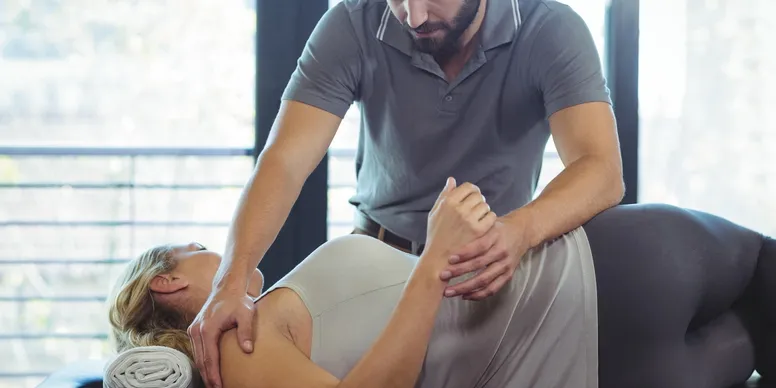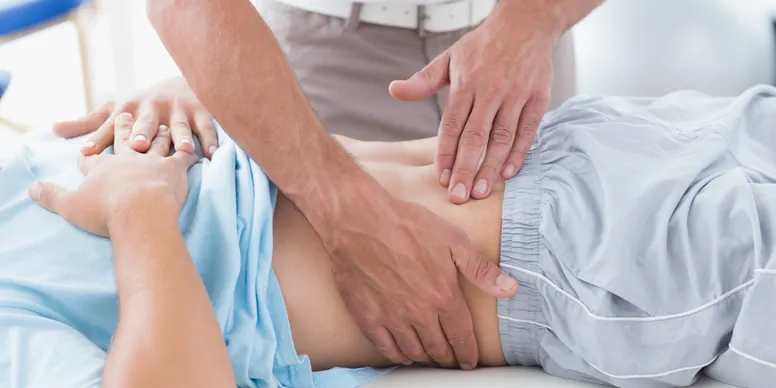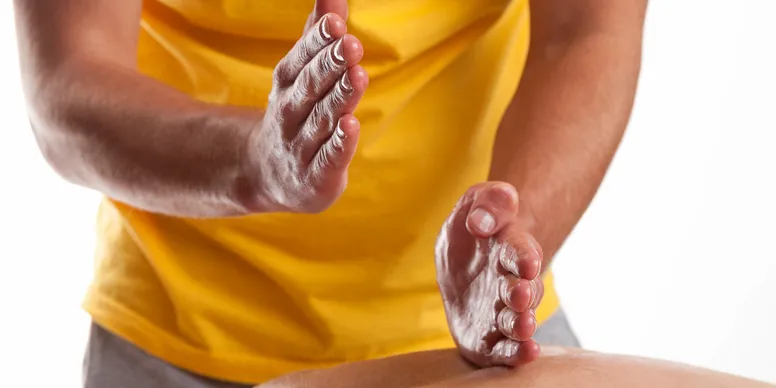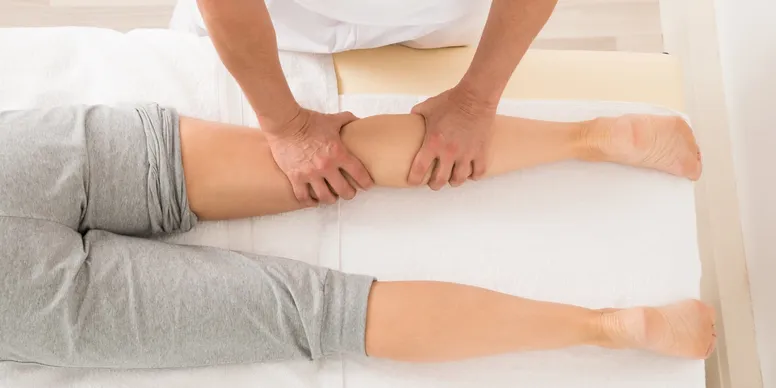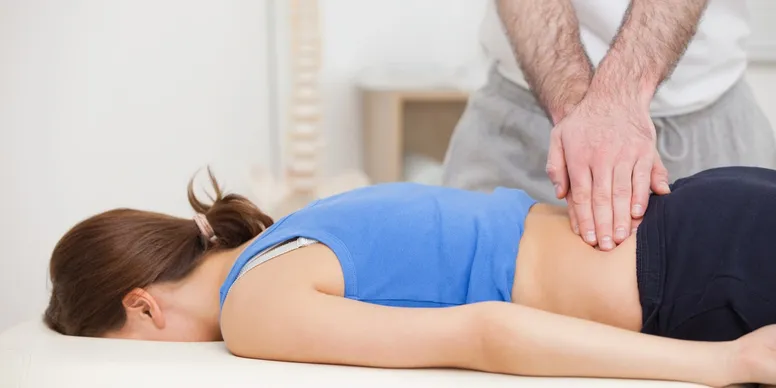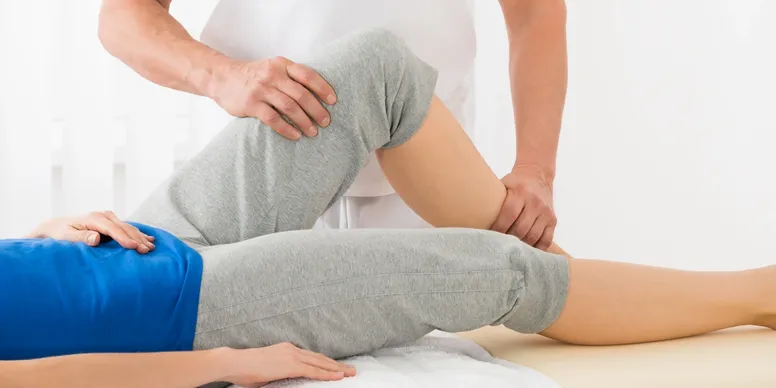We use the latest in addiction medicine, including:
Buprenorphine-naloxone
Buprenorphine-naloxone, commonly known as Suboxone, has several key features that make it a valuable medication for treating opioid use disorder (OUD). Here are the primary features:
Key Features:
Combination Medication
Buprenorphine: A partial opioid agonist that helps reduce cravings and withdrawal symptoms without producing the same level of euphoria as full opioids.
Naloxone: An opioid antagonist included to deter misuse. If the medication is taken as prescribed (sublingually), naloxone has minimal, to no effect. However, if someone attempts to inject the medication, naloxone can precipitate withdrawal symptoms, making it less likely to be abused.
Uses:
Opioid Dependence Treatment: Suboxone is part of a broader treatment plan, including counseling and psychosocial support, to help individuals reduce or quit their opioid use.
Cravings and Withdrawal: Buprenorphine’s partial agonist properties help to manage opioid cravings and withdrawal symptoms effectively, aiding in the recovery process.
Maintenance Therapy: It can be used for long-term maintenance therapy, helping patients manage their opioid dependence and reducing the risk of relapse.
How It’s Administered:
Buprenorphine-naloxone is typically administered as a sublingual film or tablet, which dissolves under the tongue. This route is chosen to ensure the medication is absorbed properly and to activate the naloxone component only when necessary.
It is important to follow your providers instructions on taking this medication to ensure best results from the medication. Initially it will be taken once or twice daily, but eventually can be given in another form and administered monthly.
Benefits:
Reduced Cravings: Helps manage opioid cravings and withdrawal symptoms.
Lower Abuse Potential: Because buprenorphine is a partial agonist and naloxone discourages misuse,
Suboxone has a lower potential for abuse compared to full opioid agonists.
Side Effects:
Common side effects may include headache, nausea, sweating, constipation, and insomnia. Severe side effects can include respiratory depression, particularly if combined with other substances like alcohol or benzodiazepines.
Important Considerations:
Prescription and Monitoring: Suboxone is a controlled substance and should be prescribed and monitored by a healthcare provider experienced in treating opioid use disorder.
Interaction with Other Medications: Suboxone can interact with other medications, especially those that depress the central nervous system, so it’s crucial to inform healthcare providers of all medications being taken.
Suboxone plays a significant role in helping individuals recover from opioid addiction by managing withdrawal symptoms and reducing the risk of relapse.
Buprenorphine injectable
Buprenorphine injectable (Sublocade) is a formulation of buprenorphine that is administered via injection rather than taken orally or sublingually. It is primarily used to treat opioid use disorder (OUD) and sometimes for pain management. There are different formulations of injectable buprenorphine, but the most commonly known one for OUD treatment is Sublocade.
Sublocade is an extended-release formulation of buprenorphine designed for the treatment of moderate to severe opioid use disorder. It is administered as a subcutaneous injection (under the skin) once a month.
Key Features:
Extended-Release: Sublocade provides a steady release of buprenorphine over a month, helping to manage opioid cravings and withdrawal symptoms continuously.
Dosing: The medication is typically given once a month, which can improve adherence to treatment by eliminating the need for daily dosing.
Administration: Sublocade must be administered by a healthcare professional. It is injected into the abdominal area as a liquid that solidifies into a gel-like depot, releasing buprenorphine slowly over time.
Uses:
Opioid Dependence Treatment: Like other buprenorphine products, Sublocade is used as part of a comprehensive treatment plan for opioid use disorder, which includes counseling and psychosocial support.
Transition from Oral/Suboxone Treatment: Patients typically start with a sublingual form of buprenorphine (like Suboxone) before transitioning to Sublocade once they are stable.
Benefits:
Improved Adherence: Since it’s administered once a month, Sublocade reduces the burden of daily medication management and the risk of missed doses.
Lower Diversion Risk: Injectable formulations like Sublocade are less prone to diversion and misuse compared to oral or sublingual forms.
Side Effects:
Talk with your provider about the possible side-effects of this medication, particularly if used with other CNS depressants.
Other Forms of Injectable Buprenorphine:
Buprenex: An injectable form of buprenorphine used primarily for pain management. It is administered via intramuscular (IM) or intravenous (IV) injection and is typically used in clinical settings for short-term pain control.
Important Considerations:
Prescription and Monitoring: Injectable buprenorphine, like all forms of buprenorphine, is a controlled substance and requires careful prescribing and monitoring by a healthcare provider.
Potential for Overdose: While less common with buprenorphine compared to full opioid agonists, there is still a risk of overdose, particularly if combined with other depressants like alcohol or benzodiazepines.
Injectable buprenorphine options like Sublocade offer a convenient and effective way to manage opioid dependence, with the added benefit of reducing the risk of misuse and improving treatment adherence.
Naltrexone (commonly known as Vivitrol):
Naltrexone is a medication used primarily to treat alcohol use disorder (AUD) and opioid use disorder (OUD). It works by blocking the effects of opioids and reducing cravings for alcohol, making it a valuable tool in addiction treatment.
How Naltrexone Works:
Opioid Antagonist: Naltrexone is an opioid antagonist, meaning it blocks opioid receptors in the brain. By doing so, it prevents opioids (like heroin, morphine, or prescription painkillers) from producing their typical effects, such as euphoria or pain relief. This can help reduce the motivation to use opioids.
Alcohol Use Disorder: While the exact mechanism is not fully understood, naltrexone is thought to reduce the pleasurable effects and cravings associated with alcohol consumption, making it easier for individuals to abstain from drinking.
Forms of Naltrexone:
Oral Tablets: Typically taken once daily.
Injectable Form (Vivitrol): Administered as an intramuscular injection once a month. This long-acting form provides continuous support for patients and improves adherence to treatment.
Uses:
Opioid Use Disorder (OUD): Naltrexone is used to help individuals who have detoxed from opioids to remain opioid-free. Unlike buprenorphine or methadone, naltrexone does not replace opioids but instead blocks their effects.
Alcohol Use Disorder (AUD): Naltrexone can help individuals reduce their alcohol consumption or maintain abstinence by decreasing the rewarding effects of alcohol and reducing cravings.
Benefits:
Non-Addictive: Naltrexone is not addictive and does not produce euphoria or physical dependence.
Long-Acting Injection: The injectable form (Vivitrol) improves compliance by reducing the need for daily medication and providing consistent medication levels in the body.
Side Effects:
Talk with your provider about the possible side-effects of this medication.
Important Considerations:
Detoxification Requirement: For opioid use disorder, individuals must be completely detoxified (opioid-free) for at least 7-10 days before starting naltrexone to avoid precipitated withdrawal, which can be severe.
Medical Supervision: Naltrexone should be prescribed and monitored by a healthcare provider, especially when starting treatment.
Liver Function Monitoring: Regular liver function tests are recommended, as naltrexone can cause liver damage in some individuals.
Naltrexone is an effective medication for helping individuals recover from alcohol and opioid addiction. It works best when used as part of a comprehensive treatment program that includes counseling, support groups, and other behavioral therapies.
